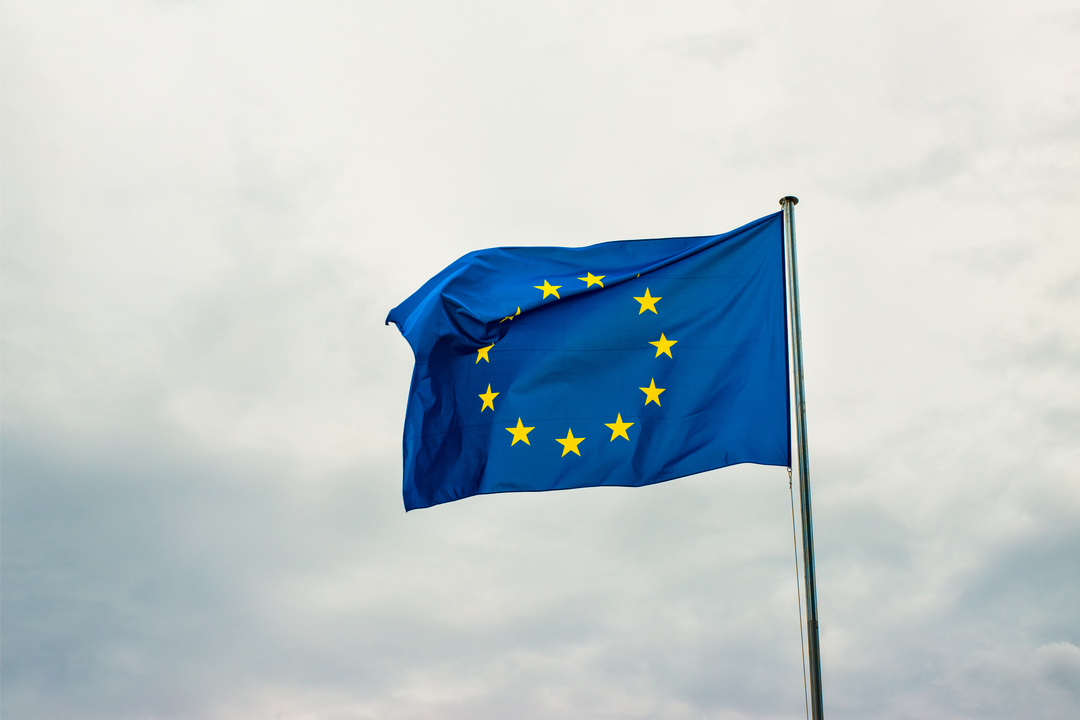In an era of increasing cyber threats, the European Union has introduced the Network and Information Security Directive (NIS 2) to strengthen cybersecurity measures across member states. This updated regulation enhances security requirements, expands the scope of affected organizations, and introduces stricter compliance measures. But what exactly is NIS 2, and why is it crucial for businesses? This blog will cover the key aspects of the directive, how it differs from the original NIS, and how Brandefense can support organizations in achieving compliance.

What is NIS 2 and Why Was It Introduced?
NIS 2 is the enhanced version of the original Network and Information Security Directive (NIS), introduced by the European Union to bolster cybersecurity resilience across critical industries. The primary goal of this directive is to ensure that organizations classified as essential entities implement robust security measures to safeguard their digital infrastructure, detect cyber threats, and respond to incidents effectively.
The necessity for NIS 2 emerged due to the growing complexity and volume of cyberattacks targeting critical infrastructure. The original NIS Directive, implemented in 2016, was the first EU-wide legislation on cybersecurity. However, while it laid a solid foundation for improving cybersecurity preparedness, it faced challenges in enforcement and left several sectors unregulated.
As digital transformation accelerates, cybercriminals continue to exploit security gaps in essential services, leading to high-impact disruptions. NIS 2 aims to address these vulnerabilities by expanding regulatory oversight, imposing stricter cybersecurity requirements, and introducing stronger enforcement mechanisms to ensure higher protection across the EU.
Key Changes from the Original NIS Directive
The introduction of NIS 2 represents a major overhaul of the original directive, strengthening cybersecurity standards and expanding regulatory coverage. The most significant changes include:
- Expanded Scope: One of the original NIS’s key shortcomings was its limited scope. NIS 2 extends coverage to a wider range of sectors, ensuring that industries such as healthcare, digital infrastructure, public administration, postal services, and manufacturing are now subject to strict cybersecurity regulations. This expansion reflects the growing interconnectivity of digital services and the need to secure critical supply chains.
- Stronger Risk Management Requirements: Organizations must establish comprehensive cybersecurity risk management frameworks. This includes implementing effective incident response planning, security monitoring, and vulnerability assessment mechanisms to identify and mitigate threats proactively.
- Improved Reporting Obligations: Under NIS 2, companies must report significant cybersecurity incidents to relevant authorities within 24 hours of detection. This improves response times, ensures transparency, and enables regulators to act immediately to prevent further damage.
- Increased Accountability: A critical aspect of NIS 2 is the imposition of personal liability on senior management. Organizations can no longer view cybersecurity as solely an IT responsibility—executives and board members must actively oversee compliance efforts and may face direct consequences for security failures.
Harsher Penalties for Non-Compliance: Similar to the General Data Protection Regulation (GDPR), NIS 2 introduces significant financial penalties for companies that fail to comply with the directive. Fines can be as high as €10 million or 2% of global annual turnover, making cybersecurity compliance a priority for affected entities.
Who Needs to Comply with NIS 2?
The scope of NIS 2 is significantly broader than its predecessor, requiring a wide range of organizations to comply. Entities subject to the directive are categorized into two groups:
- Essential Entities: Organizations that provide critical infrastructure and services where a cyberattack could have severe societal or economic consequences. These include:
- Energy providers (electricity, oil, gas)
- Transport (air, rail, road, maritime)
- Banking and financial market infrastructures
- Healthcare institutions
- Water supply and wastewater management
- Digital infrastructure providers (data centers, cloud computing, internet exchange points)
- Important Entities: While not considered essential, organizations still play a significant role in economic stability and public safety. These include:
- Manufacturing of critical products (pharmaceuticals, electronics, chemicals, medical devices)
- Postal and courier services
- Food production and distribution
- Public administration (government agencies, local authorities)
Both essential and important entities must adhere to NIS 2 requirements. However, essential entities are subject to more stringent regulatory oversight and enforcement measures.
How Brandefense Supports NIS 2 Compliance
Compliance with NIS 2 requires organizations to implement proactive cybersecurity measures, ensuring robust protection against evolving threats. Brandefense, a leading digital risk protection provider, offers advanced cybersecurity solutions that help businesses enhance their security posture and effectively meet regulatory requirements.
Here’s how Brandefense assists organizations in complying with NIS 2:
- Threat Intelligence & Risk Monitoring: Brandefense continuously scans the surface, deep, and dark web to detect emerging threats, compromised credentials, and potential cyber risks. This proactive approach ensures organizations stay ahead of cybercriminal activities.
- Incident Response & Reporting: Brandefense provides real-time threat intelligence and automated alerts, enabling organizations to detect cyber incidents early and fulfill NIS 2’s strict reporting obligations within the required 24-hour timeframe.
- Supply Chain Security: The directive emphasizes third-party risk management. Brandefense helps organizations assess and monitor supply chain vulnerabilities, ensuring that external partners adhere to cybersecurity best practices.
- Vulnerability Management: By identifying weaknesses before they can be exploited, Brandefense provides continuous monitoring and actionable intelligence to mitigate security risks effectively.
- Regulatory Compliance Support: Brandefense offers expert guidance and strategic cybersecurity solutions to help businesses seamlessly align with NIS 2 compliance requirements.
The Network and Information Security Directive (NIS 2) is crucial in strengthening Europe’s cybersecurity resilience. With stricter regulatory obligations, broader sector coverage, and harsher penalties for non-compliance, organizations must prioritize cybersecurity to avoid financial and reputational damage. As a trusted cybersecurity partner, Brandefense empowers businesses to navigate the complexities of NIS 2 compliance with cutting-edge threat intelligence, real-time monitoring, and proactive risk management solutions. Ensuring regulatory compliance while strengthening cybersecurity defenses has never been more critical.e.






